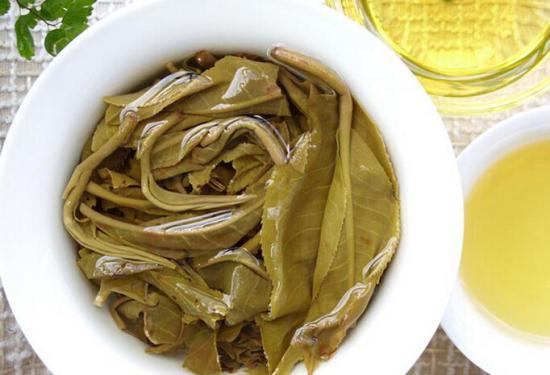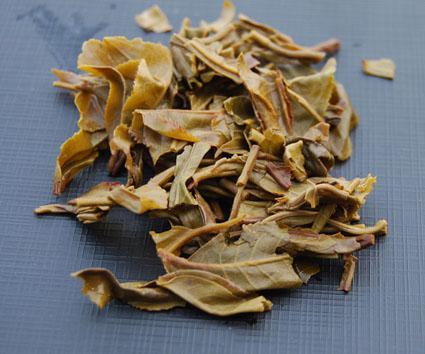When buying tea at a tea shop, if you're unsure about the market, the owner might talk a big game, and before you know it, you’ve been fooled. But if you calmly say to the owner, "Let me see the tea leaves…" the owner will immediately respect you. This is a symbol of expertise.
Judging tea quality by taste—terms like thickness, richness, aroma, or aftertaste—can be too abstract for beginners or those without years of experience. Tea leaves, however, offer a direct, simple, and practical standard. Here’s a hands-on guide.
Tea leaves (叶底) refer to the brewed tea residue—the leaves that have unfurled after steeping in hot water.
Examining tea leaves involves pouring the brewed leaves onto a dedicated tray (or a flat surface like a cup lid) and observing their tenderness, uniformity, and color. This method reliably reflects the tea’s actual quality. The process is quite intricate, but today, we’ll focus on Pu-erh tea.
First, prepare properly by pouring the brewed leaves onto a dedicated tray (or a flat surface). Ensure all fragments and leaves stuck to the cup walls, bottom, or lid are transferred. Then, mix, spread, and flatten them for a comprehensive and objective assessment.
Now, let’s evaluate.
What exactly are we looking for in tea leaves?
Here are the key aspects:
1. Leaf Expansion
High-quality tea leaves unfurl gradually and fully after brewing, indicating good processing and stable aging. Such leaves can withstand multiple infusions. Leaves that expand too quickly are often coarse and loosely rolled, lacking endurance. Leaves that remain tightly curled or barely expand after multiple infusions suggest poor processing or unfavorable aging conditions. Over-roasting can also cause leaf hairs to fall off, leaving a dry sensation in the throat.

This shows excellent expansion.
2. Leaf Integrity
Intact leaves are preferable; fragmented or杂乱 leaves indicate lower quality. An exception is tightly compressed teas like iron cakes (铁饼), where leaf integrity is less critical. For such teas, the surface appearance matters more, and brewed leaves are only a minor reference.

These leaves are somewhat fragmented.

This is normal for compressed ripe Pu-erh leaves.
3. Leaf Elasticity
You know what elasticity feels like! Pinch the leaves—those with strong elasticity are superior, indicating natural aging, tender leaves, and proper processing. Prominent veins, a rough texture, and lack of elasticity indicate lower quality.

These look very soft and elastic.